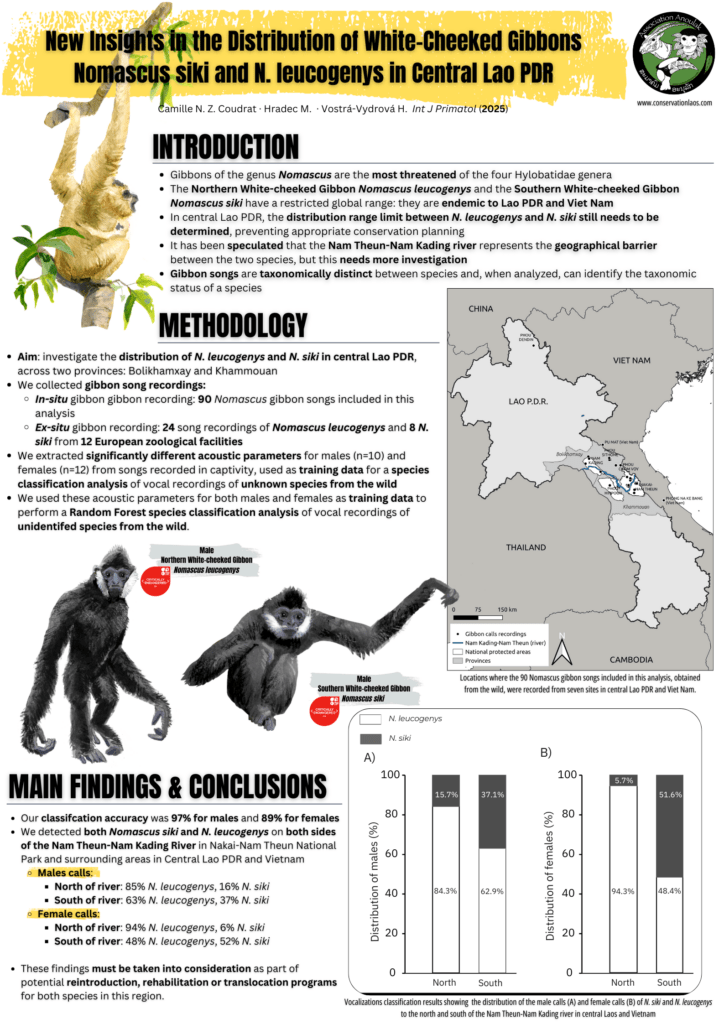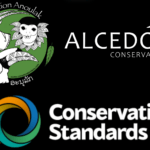Three New Videos Released Showcasing Community Resilience and Biodiversity Conservation in Nakai District, Lao PDR
May 28, 2025Empowering Lao Conservationists: Online Training Brings Strategic Planning Tools to the Forefront
July 26, 2025
Earlier this month, Association Anoulak was proud to be represented at the International Congress for Conservation Biology (ICCB) 2025, held in Brisbane, Australia. With around 1,500 conservation professionals, researchers, and students from across the globe in attendance, ICCB continues to be one of the most important gatherings for the global conservation community, offering a platform to exchange ideas, share experiences, and forge new collaborations.
As part of the scientific programme, we were pleased to present our research poster titled “The Distribution of White-Cheeked Gibbons (Nomascus siki and N. leucogenys) in Central Lao PDR.” The presentation attracted significant interest from fellow researchers, students, and practitioners working across Southeast Asia and beyond. Discussions sparked by the poster allowed us to exchange valuable insights about gibbon ecology, conservation challenges, and the importance of field-based data to inform national and regional conservation planning.
Among the many themes presented throughout the Congress, Camille—representing Association Anoulak—was particularly drawn to sessions exploring justice, equity, diversity, and inclusion (JEDI) in conservation. These critical conversations reflect a growing recognition across the sector: that effective, lasting conservation solutions must be inclusive and equitable, and must reflect the voices of those most connected to and affected by the natural world.
This thematic focus is especially relevant to Association Anoulak’s own strategic shift from field-based conservation work toward capacity building for Lao civil society and partnerships with Lao institutions. We believe that empowering local actors—especially youth, students, and conservation professionals—is the cornerstone for long-term, impactful conservation in Laos.
Participating in ICCB 2025 allowed us to reconnect with old partners, explore potential new collaborations, and gain fresh inspiration as we refine our programs to better align with values of equity, sustainability, and local leadership.
We are excited to carry these insights forward as we continue our mission to support biodiversity conservation through knowledge-sharing, community engagement, and institutional strengthening in Laos.
Have a look at the poster we presented:








